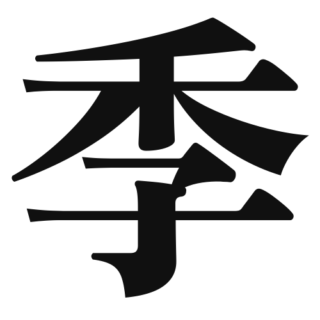 N2
N2 季
1. Overview of MeaningThe kanji "季" (ki) means "season." It is used to refer to the four distinct periods of the year: s...
 N2
N2 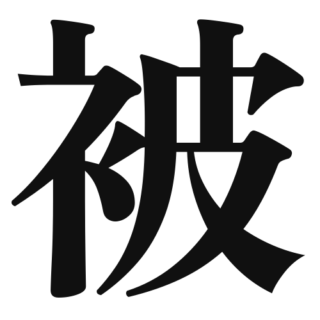 N2
N2 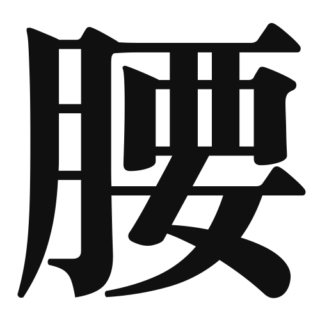 N2
N2 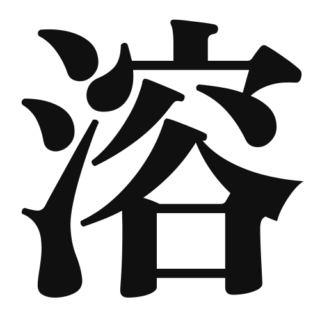 N2
N2 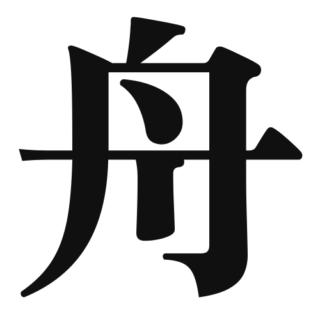 N2
N2 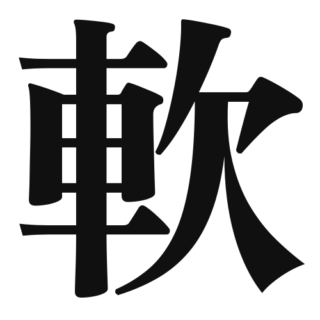 N2
N2 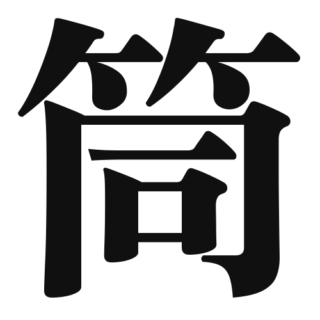 N2
N2 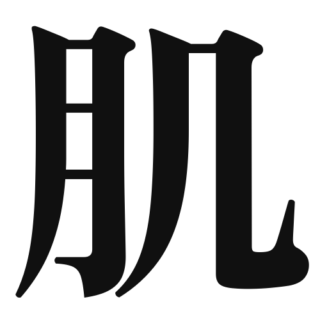 N2
N2 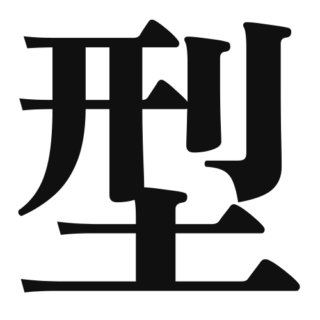 N2
N2  N2
N2